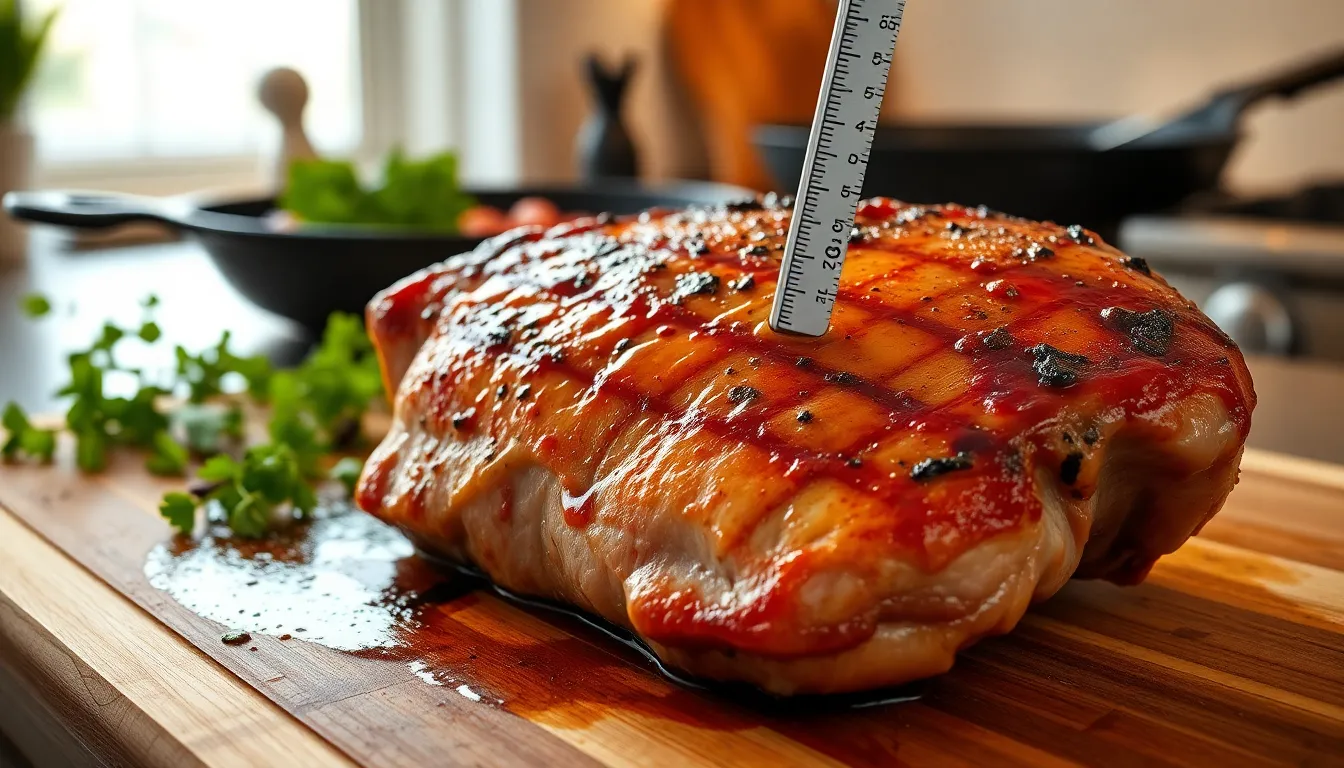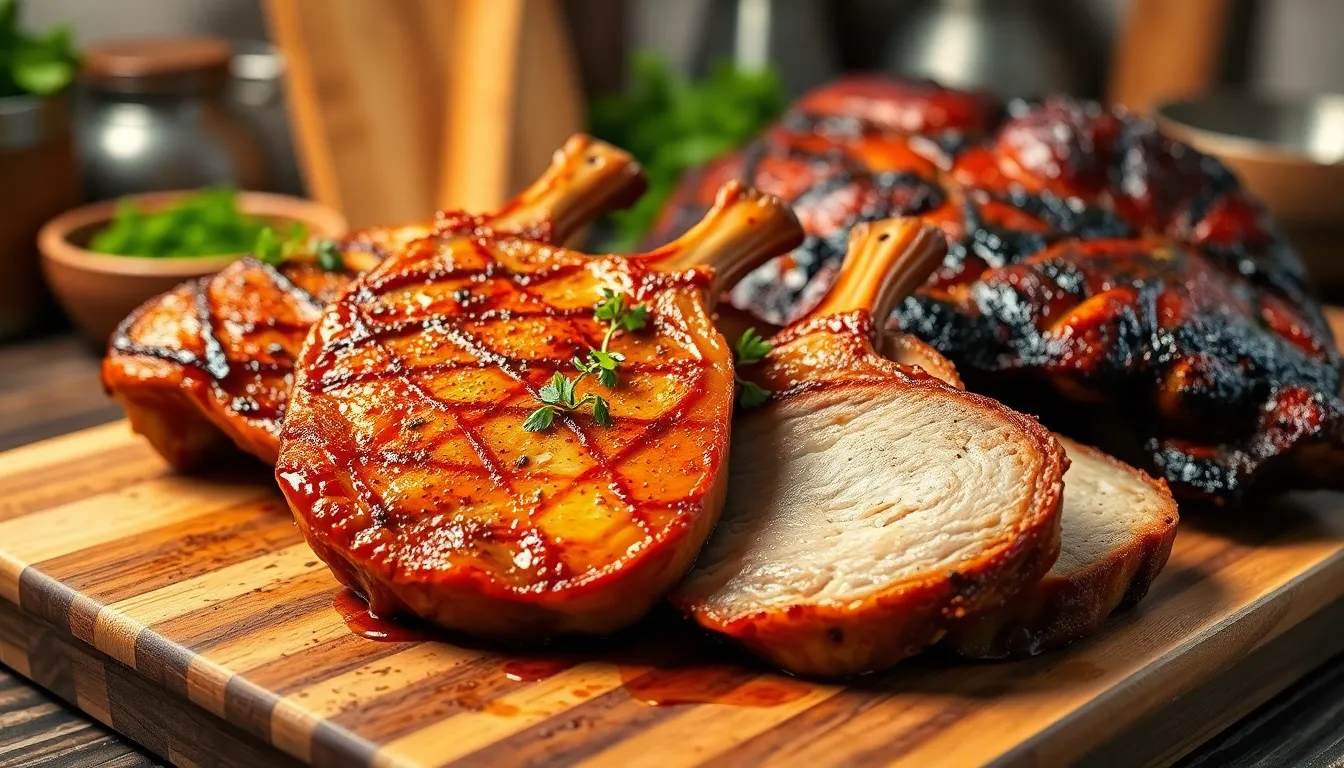
Cooking pork to the right temperature is crucial for both flavor and food safety. Many people still believe that pork should be cooked until it’s completely gray, but modern guidelines reveal a different story. With the right cooking temp, pork can be juicy, tender, and packed with flavor. Understanding the ideal temperature for different cuts of pork can elevate any meal. Whether it’s a succulent pork chop or a slow-roasted shoulder, knowing how to cook pork properly ensures a delicious dining experience. This article dives into the recommended cooking temperatures for various pork dishes, helping home cooks achieve perfect results every time.
Pork Cooking Temp
Cooking pork to the right temperature ensures both safety and flavor. Knowledge of the correct temperatures can enhance the dining experience, making it juicy and delicious.Importance of Accurate Cooking Temperatures
Accurate cooking temperatures prevent foodborne illnesses, ensuring pork is safe to eat. The USDA recommends a minimum internal temperature of 145°F (63°C) for pork cuts, followed by a three-minute rest time to allow juices to redistribute. This temperature provides a balance between safety and maintaining the quality of the meat. For certain preparations, like ground pork, the recommended minimum internal temperature rises to 160°F (71°C) to ensure thorough cooking.Common Myths About Pork Cooking
Several misconceptions surround pork cooking temperatures. Many believe pork must be thoroughly cooked to a uniform gray to be safe; this is outdated advice. Today, culinary practices emphasize cooking pork to a safe internal temperature while allowing for a hint of pink, resulting in a more succulent product. There’s also a myth that all pork must be cooked to the same temperature regardless of the cut. In reality, different cuts require varying cooking times and temperatures for the best flavor and texture.Ideal Pork Cooking Temperatures

Recommended Internal Temperatures by Cut
| Cut of Pork | Recommended Internal Temperature |
|---|---|
| Pork Chops | 145°F (63°C) |
| Pork Tenderloin | 145°F (63°C) |
| Pork Ribs | 145°F (63°C) |
| Ground Pork | 160°F (71°C) |
| Pork Shoulder (Pulled Pork) | 195°F – 205°F (90°C – 96°C) |
Factors Affecting Cooking Temp
Cooking temperature hinges on various factors that impact the final result:-
- Cut Type: Different cuts require specific temperatures for ideal texture and flavor.
-
- Thickness: Thicker cuts need longer cooking times, affecting the temperature.
-
- Cooking Method: Techniques such as roasting, grilling, or sous vide influence the cooking time and temperature.
-
- Rest Time: Allowing pork to rest after cooking redistributes juices, enhancing the final product.






